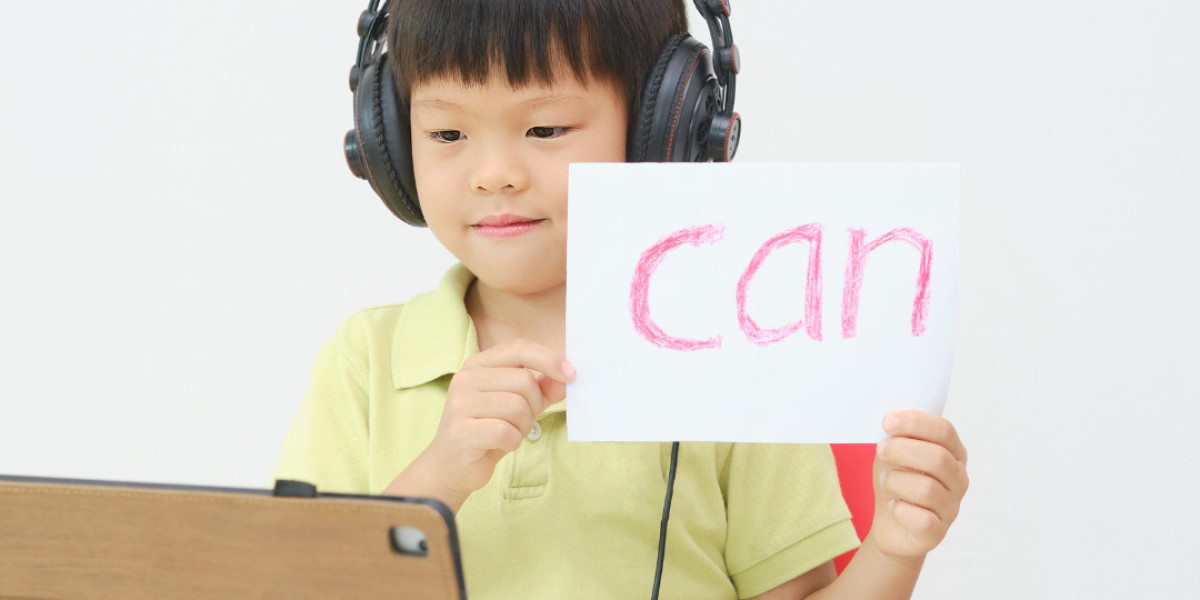The education system faces a myriad of challenges in ensuring that every student succeeds academically. Among the most significant of these challenges are learning gaps. These gaps occur when there is a disparity between a student’s actual academic performance and their potential. Understanding types of learning gaps can help educators, parents, and policymakers develop strategies to address these challenges effectively. In this article, we will explore the nature of learning gaps and the different types of learning gaps that students may experience.
What Are Learning Gaps?
Learning gaps refer to the difference between what a student is expected to learn and what they have actually learned. These gaps often arise due to a variety of factors such as missed learning opportunities, differences in socioeconomic backgrounds, or even shifts in educational systems. Learning gaps can manifest across various subjects, including reading, mathematics, and science, and can severely hinder a student’s academic and personal growth.
Factors Contributing to Learning Gaps
Several factors contribute to the development of learning gaps. These may include but are not limited to:
Socioeconomic Status: Students from lower-income families often lack access to educational resources, leading to slower learning progress.
Language Barriers: Non-native speakers may face difficulties understanding instruction and therefore fall behind.
Learning Disabilities: Students with learning disabilities such as dyslexia may require more time and specialized support.
Teacher Availability: A lack of well-trained educators can also contribute to the widening of learning gaps.
Types of Learning Gaps
There are various types of learning gaps that students may experience. Recognizing these gaps is the first step toward implementing targeted interventions.
1. Curriculum Gaps
A curriculum gap occurs when there is a mismatch between what students are learning in the classroom and what they are expected to know at their grade level. For example, if the curriculum does not cover certain foundational skills, students will struggle to understand more advanced concepts. This is one of the most common types of learning gaps.
2. Skill Gaps
Skill gaps refer to deficiencies in essential academic skills such as reading comprehension, critical thinking, and problem-solving. These gaps are especially prevalent in subjects like math and science, where foundational knowledge is crucial for understanding more complex topics.
3. Content Knowledge Gaps
This type of gap occurs when students lack the basic content knowledge necessary to progress in their education. For instance, a student who missed key lessons in previous grades may struggle to catch up with their peers, leading to a content knowledge gap.
4. Motivation and Engagement Gaps
Sometimes, learning gaps are not rooted in the curriculum or content but are rather linked to a student’s motivation or engagement with the subject matter. Students who are disengaged may not retain or apply knowledge as effectively, leading to gaps in learning. Lack of interest in schoolwork can stem from a variety of personal, social, or emotional issues.
Addressing Learning Gaps
Interventions for Learning Gaps
Addressing learning gaps requires a multifaceted approach. Here are some strategies that can help:
Personalized Learning: Tailoring lessons to meet the individual needs of students is crucial in bridging learning gaps. Adaptive learning tools can help students work at their own pace.
After-School Programs: Offering additional educational support outside of regular school hours can provide students with the chance to catch up on missed content.
Parental Involvement: Parents can play a significant role by reinforcing learning at home, creating a supportive study environment, and helping with assignments.
Teacher Training: Ensuring that teachers are equipped with the necessary skills to identify and address learning gaps is vital in overcoming these challenges.
Conclusion
Learning gaps present a significant barrier to academic success for many students. By understanding the different types of learning gaps—such as curriculum gaps, skill gaps, content knowledge gaps, and motivation gaps—educators and parents can work together to implement strategies that will help students overcome these challenges. With the right support and resources, we can close the gaps and ensure that every student has an equal opportunity to succeed.








